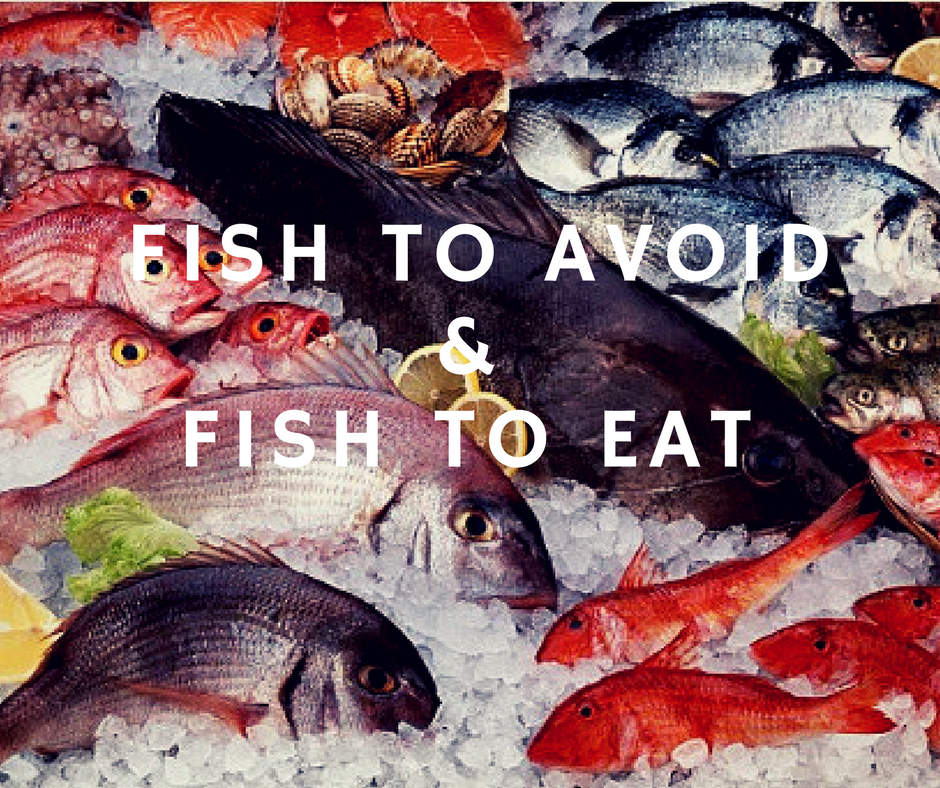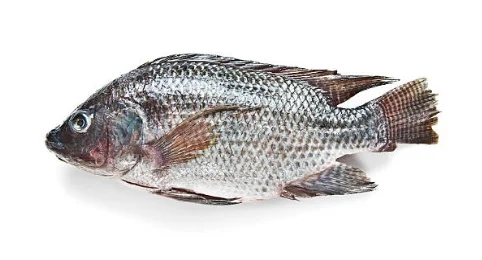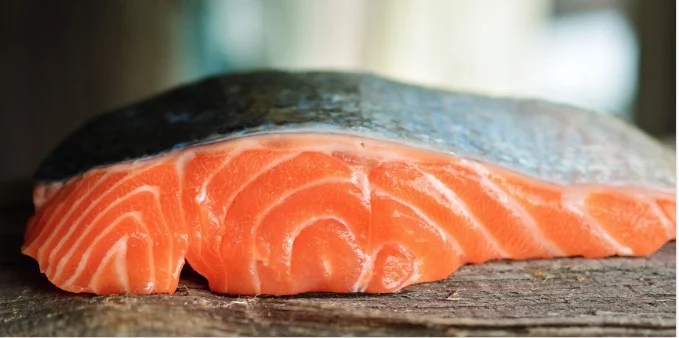Are you confused about the whole mercury and heavy metals thing when it comes to feeding fish to your dogs?
I used to get confused when I go into a fish shop or supermarket. I hope this post will help you make better choices.
To simplify things I have narrowed this down to:
3 fish to avoid and
3 safest fish to eat
3 factors were considered:
1. Contamination
2. Overall health benefits
2. Sustainability - Beyond trying the save the planet, overfishing could cause these good fish to become extinct in the next 10 years.
1. Contamination
We have been hearing a lot of scary stories about how these heavy metals such as mercury and lead are getting into our food and fish supply. Once these toxins enter your dogs’ bodies it can take years to clear out of their systems.
When your dogs have large amounts of mercury in their bodies, it can cause serious central nervous issues such as muscles that do not contract well and general feelings of weakness. It takes 12-18 months for mercury to clear out of their systems. Since mercury is odorless and invisible, it’s not easy to detect and can’t be avoided by trimming off the skin or other parts.
The fish that have high amounts of mercury are usually the large predatory fish such as shark, tuna, king mackerel and sword fish. These fish have a longer life span. They are in the water longer, absorbing and increasing the density of those heavy metals within their flesh. They also eat other fish that are high in mercury which compounds the issue.
Tuna : Avoid large predatory fish with dense flesh
The second toxin to consider is industrial chemical toxins. These are the by products of factories that leak into our waterways. These toxins are heavier and higher density than water and end up sinking down to the bottom of the ocean. The fish that these usually affect are the ‘bottom feeders,’ the ones that loiter on the bottom of the ocean floor such as eels, sea bass, trout, flounder and cod. Worse than lead and mercury these industrial toxins take 5-8 years to clear out of the body.
Eel: Avoid bottom feeders
Flounder : Avoid bottom feeders
My top 3 fish to avoid
1. Shark
2. Tilapia
Tilapia: Avoid at all costs!
One of the worst fish you can feed your dogs. It is a very low nutrient fish. Tilapia is all farmed, never wild caught. They usually come from countries that don’t pay attention to quality standards. Disgustingly Tilapia can live off faeces. Avoid at all costs!
3. Tuna
Most tuna is very dense meat. If you must feed tuna choose yellow fin tuna. It is usually found in parts of the world that doesn’t have as much heavy metals. For canned tuna avoid albacore (chunk tuna in cans).
Other contaminated fish to avoid:
King mackerel, sword fish, eels, sea bass, trout, flounder and cod
So what fish are safe and sustainable to eat?
1. Wild caught salmon
Wild caught Salmon is safe
Super high in omega 3 fatty acids to reduce inflammation , B12, selenium and low in heavy metals. Salmon is a softer flesh fish and tends to be lower in contaminants because so it doesn’t absorb those heavy metals as much. Make sure it is wild caught. Farmed salmon may contain chemicals. Wild caught frozen salmon is also safe to feed.
If you don't have ready access to wild caught salmon, salmon from Australian company Tassal Salmon is a good option. It is not wild caught but Tassal salmon are non-GMO and grown in ocean farms where the health and welfare of the fish are a priority. They are available in fresh and canned varieties.
2. Sardines
Sardines
Low in heavy metals and high in omega 3’s, selenium and copper.
3. Mussels
Mussel
Gram for gram one of the most potent sources of protein. High in omega 3s, selenium, trace minerals
Note:
Until recently mackerel was the fish to gulp down without a twinge of guilt, good for us and good for the planet. Some species of mackerel such as Spanish mackerel and King Mackerel are large fish that have substantially higher levels of mercury. However their smaller cousins, the north Atlantic Mackerel is a safe ocean fish to eat. However worldwide stocks of Atlantic mackerel are declining and they are being fished beyond a sustainable level which is why I have not included it in my list of fish to consume.








